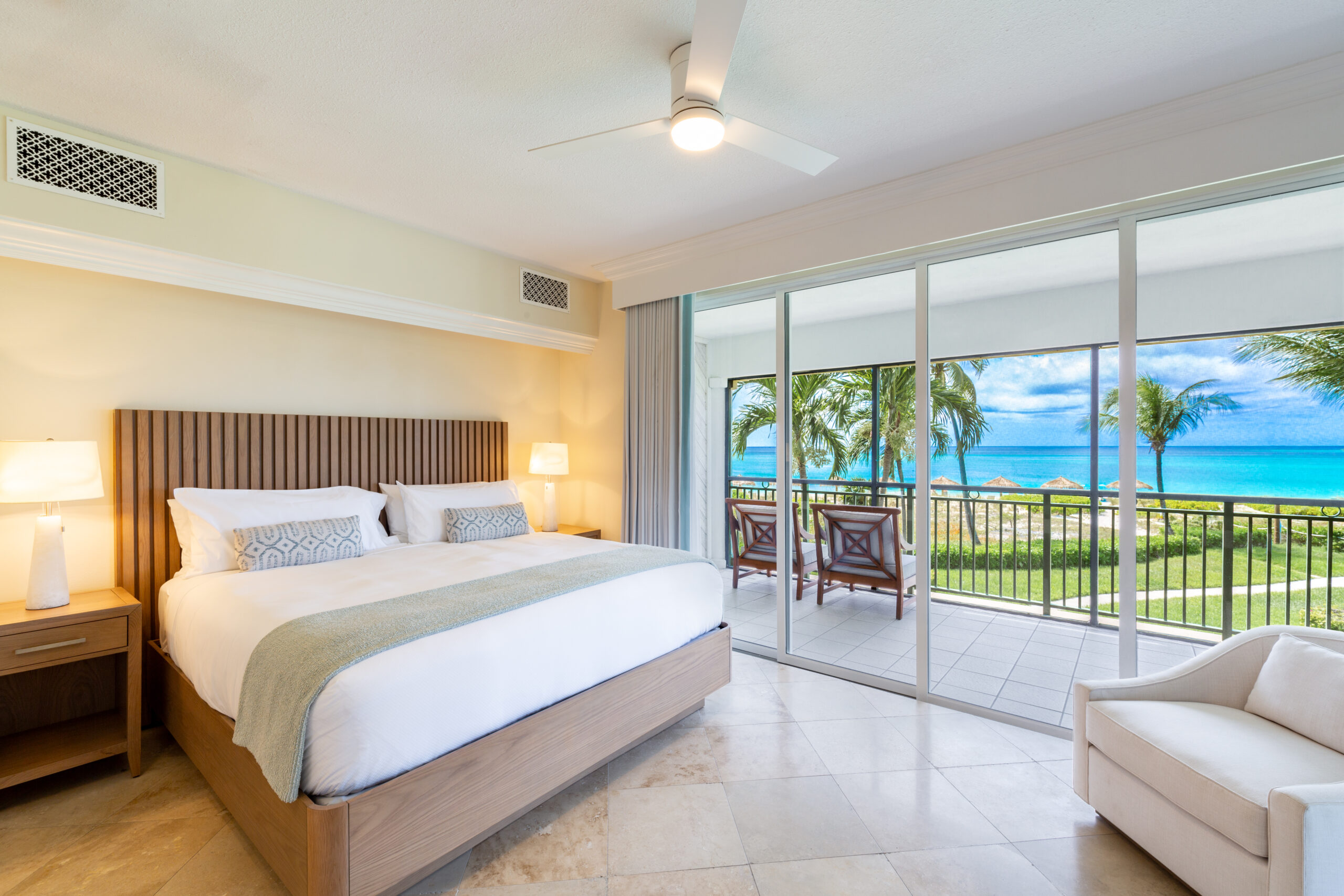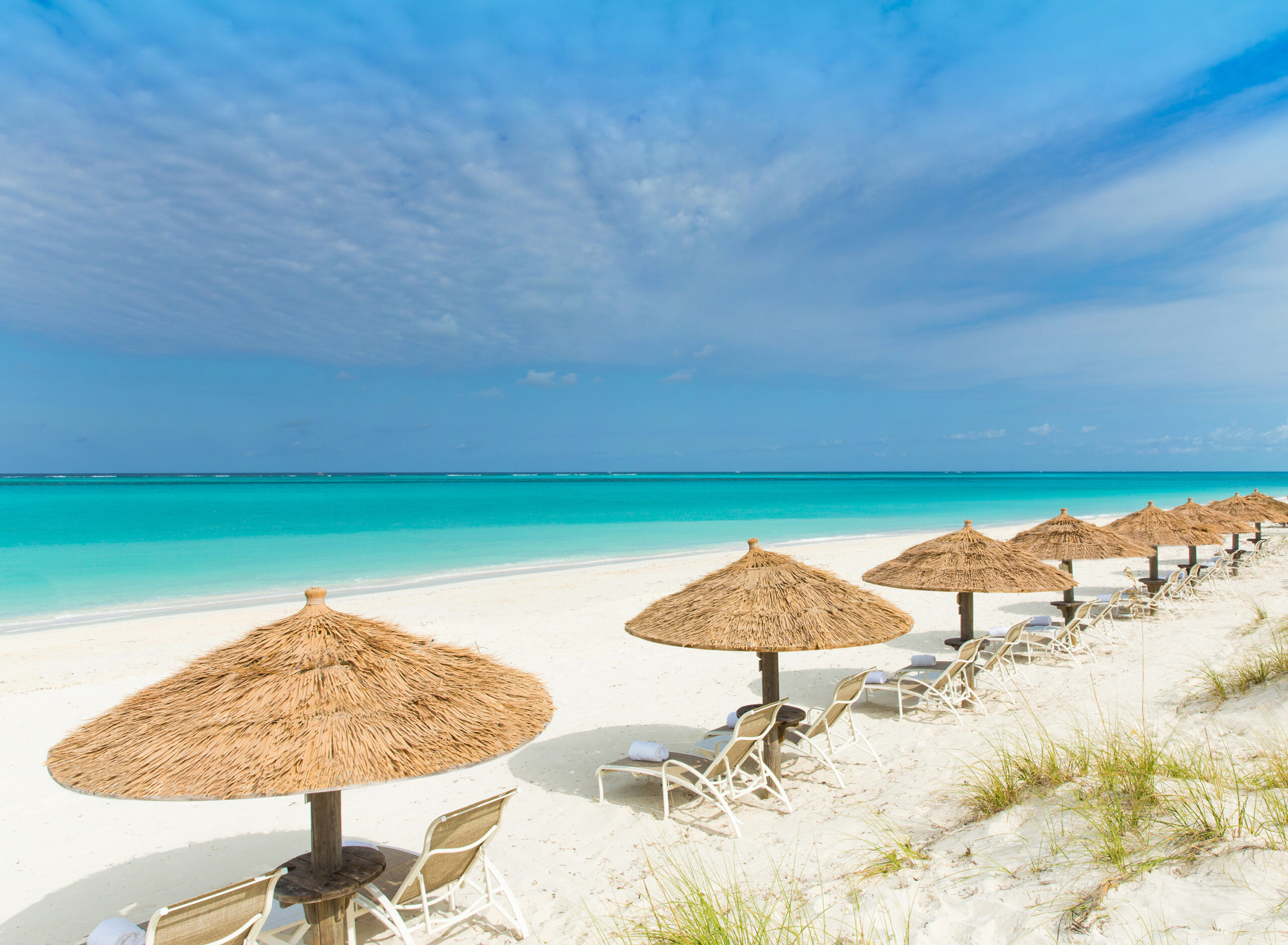Tips for avoiding sunburns while remaining active on your summer family vacation
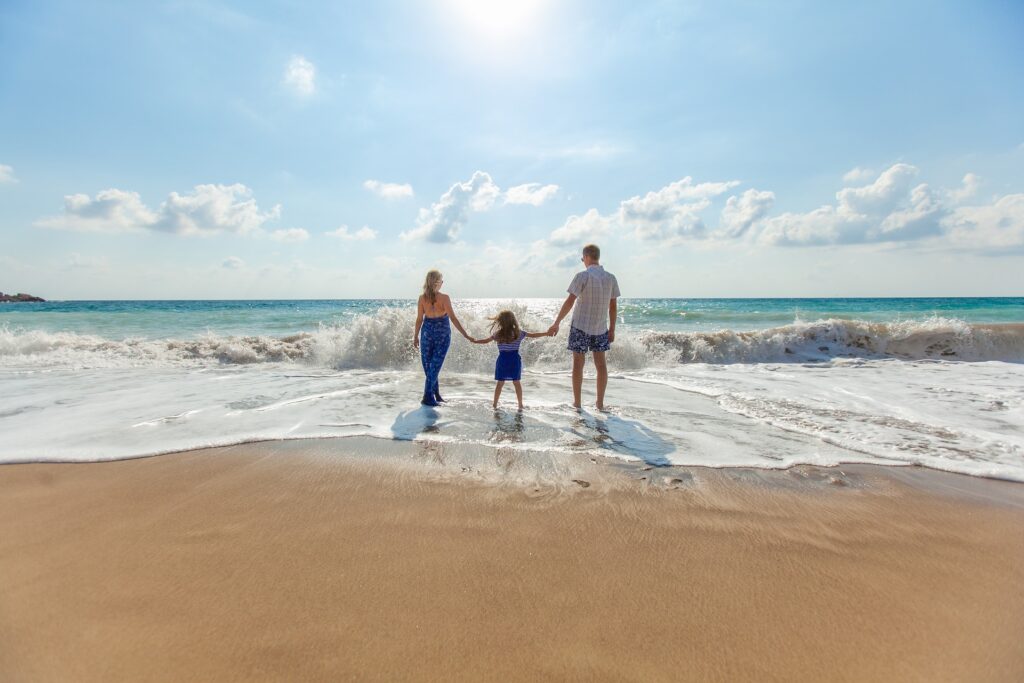
It’s summer, so it’s family vacation season. After months of winter weather, it’s time to go outside and enjoy the sun, whether it be at the beach or on the grass in your local park.
Children need to spend time out in the sun — sunlight boosts the body’s production of vitamin D, which is critical for building strong bones and healthy teeth.
However, as any parent knows, spending time out in the strong summer sun can be potentially dangerous for children. A sunburn is both painful and can lead to future problems, such as skin cancer. It’s also easy for children to overheat, as their bodies are not yet able to regulate body temperature as effectively as adults.
Here are a few tips to help prevent these problems, and allow your family to safely spend time out in the sun this vacation.
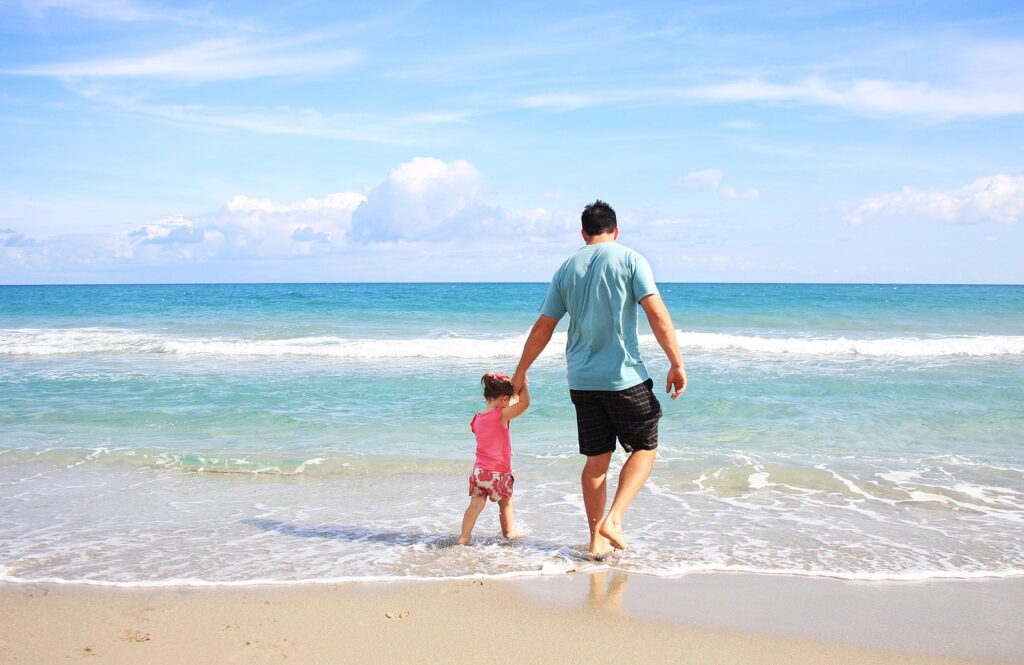
Tip 1: Cover Up
Children’s skin is thinner and more sensitive than adults’ skin, and is thus more vulnerable to sunlight. This can result in sunburns. Every sunburn a child experiences increases the risk of getting skin cancer in later life, so it’s important to cover up.
A hat and a long-sleeved top made from a cool, easy-to-dry material (such as cotton or sun-resistant polyester) is great for preventing burns.
For kids, the best kind of hat will have a wide brim and a flap that covers the ears and neck.
Tip 2: Know When to Stay Out of the Sun
The sun’s rays are strongest during midday hours. When on vacation, try to make sure your kids spend time outside before 10 a.m. or after 3 p.m.
Once again, always put sunscreen on your child — even your newborn — before heading out, paying special attention to their cheeks and the top of their hands and feet.
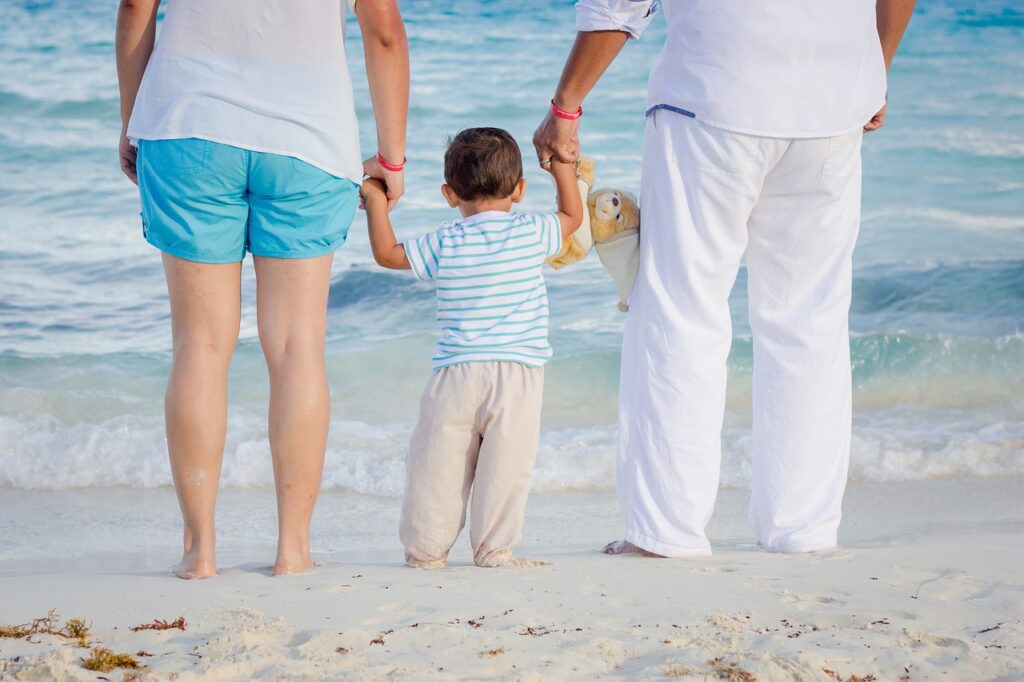
Tip 3: Choose the Right Sunscreen
Adults should use a sunscreen with an SPF (sun protection factor) of at least 15. SPF refers to the length of time a person can remain in the sun before turning red. The higher the SPF, the longer a person can stay out, but the amount of time is also influenced by skin type.
For example, if you have a medium complexion, you would multiply an SPF of 15 by a “sun factor” of 10, meaning you could stay out in the sun for about 150 minutes before burning. The sun factor will be lower if you have fairer skin, so even using the same SPF, a fair-skinned person can’t stay in the sun for as long as someone with darker skin.
Sunscreens made for children usually come in higher SPFs — ranging from 30 to 50 — because kids need more protection.
Tip 4: Apply Sunscreen Multiple Times a Day
In order for your sunscreen to work, you need to apply it 30 minutes before going out into the sun. Reapply when you first arrive at the beach, park, or pool.
Reapply sunscreen after swimming and toweling off, even if the sunscreen is waterproof.
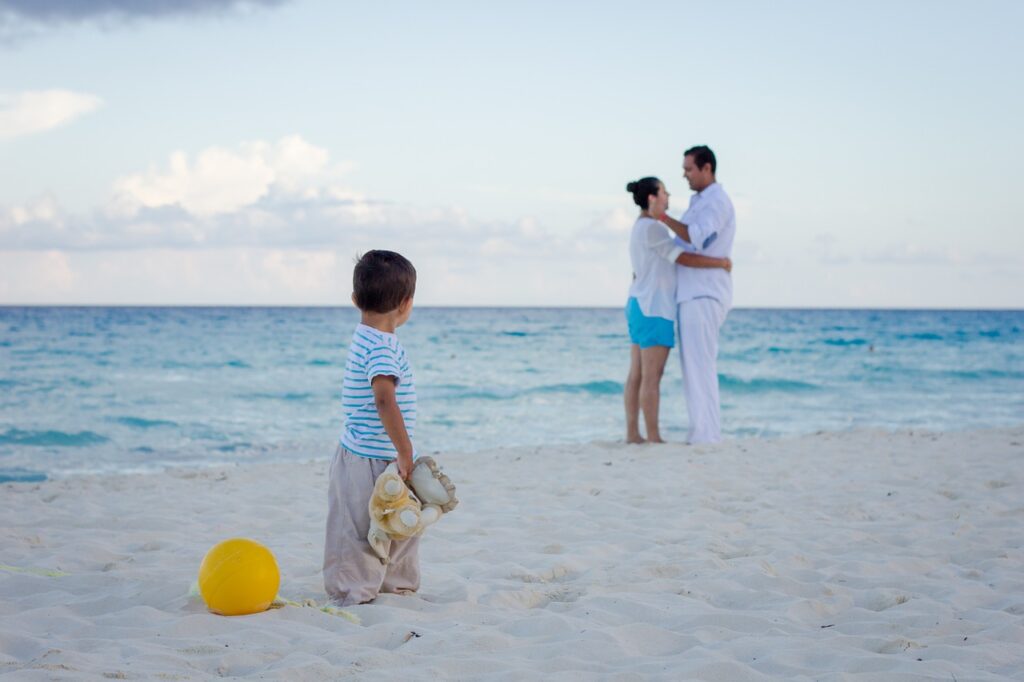
Tip 5: Make Time for Shade
Make sure your child’s play area has a shady spot, or bring along a sun umbrella or beach canopy.
Why Not Take a Family Vacation in Turks and Caicos?
If you want to make sure your kids have plenty of things to do on vacation besides stare at a screen, why not plan your family vacation in Turks and Caicos?
Check out our blog post How to Avoid Screen Time This Summer Vacation to get some ideas about what to do while you’re here.


